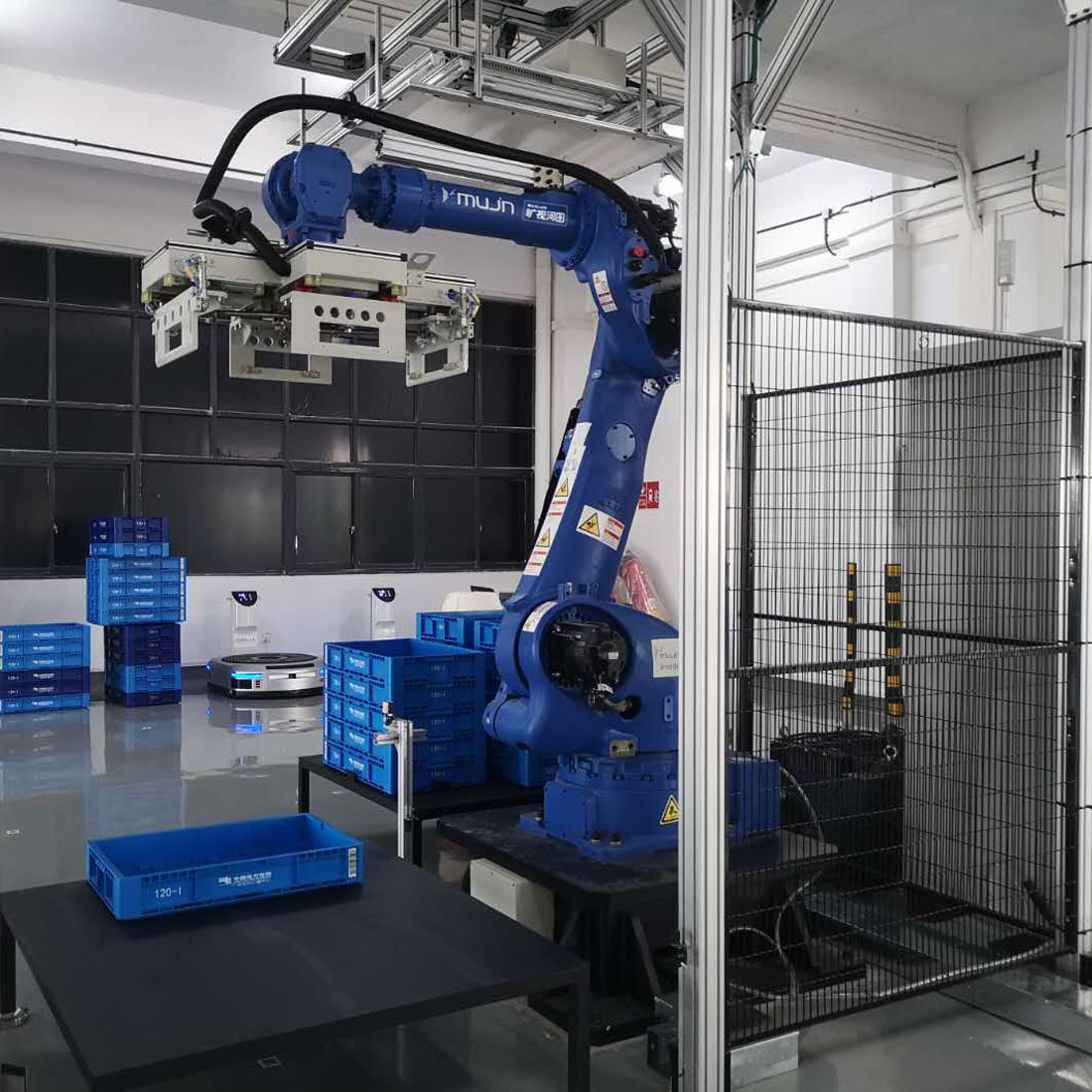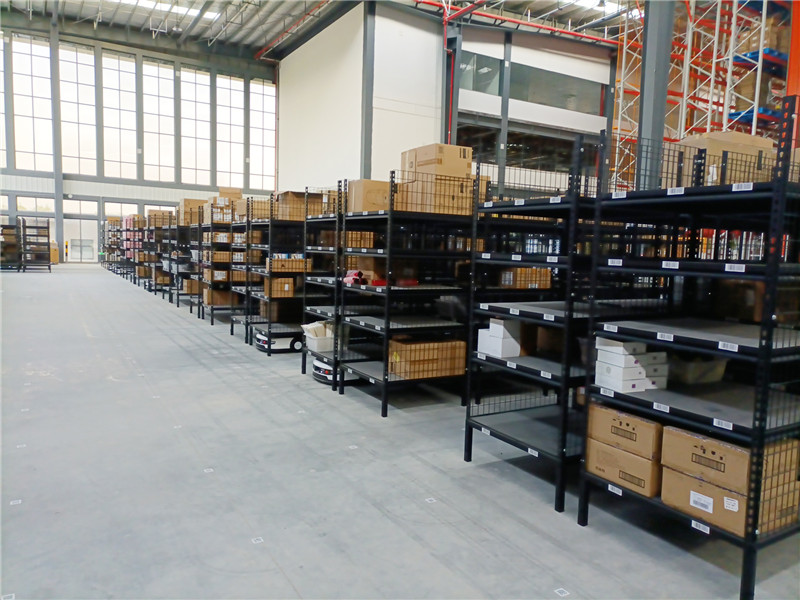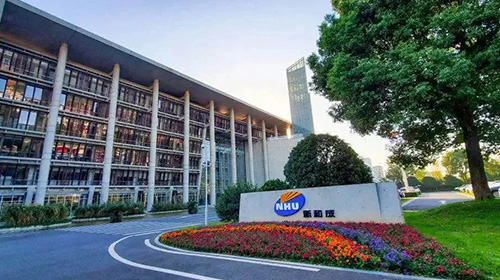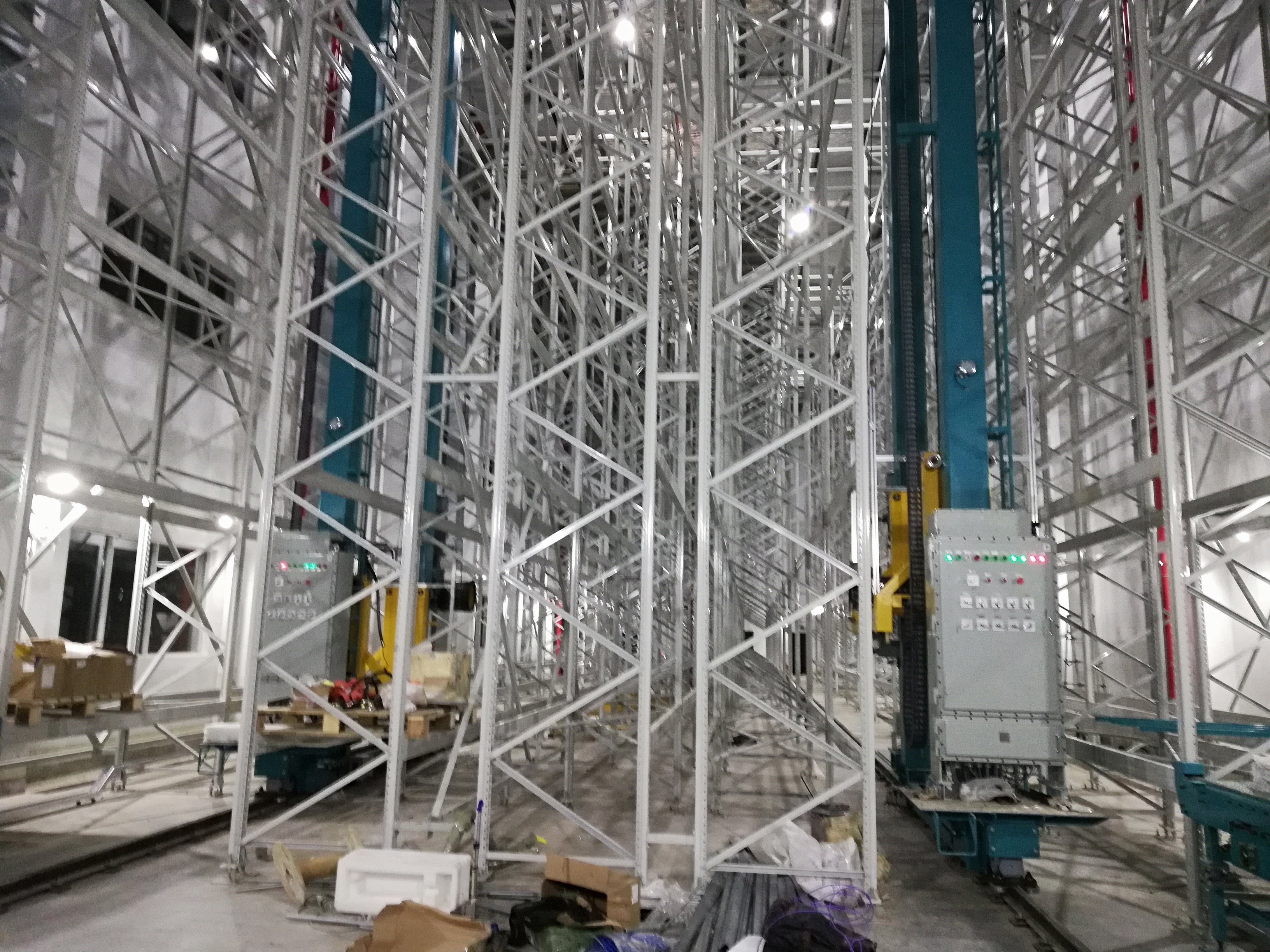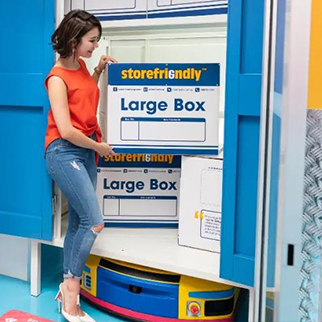
![]()
Client China is headquartered in Guangzhou. Since the establishment of a joint venture factory in August 1988, it has grown and grown in the past 20 years and has become the largest FMCG manufacturer with annual sales of US$3 billion
![]()
The traditional labor-intensive warehousing operation picking mode cannot meet the needs of customer service, which brings management difficulties. During the event, the order volume is large, and a large number of laborers and temporary workers are required, which is costly and inefficient. In this regard, the customer proposed to reduce the investment (using half of the robots less than the traditional "goods-to-person" solution), but at the same time also need to solve the problem of high elasticity ratio per unit volume during the super promotion (can be guaranteed by adjusting the number of operators, The number of robots, matching business orders in real time), to ensure a solution to the fluctuation of order volume during the big promotion.
At the same time, it is proposed to reduce the cost of warehouse transformation, rapid deployment in a short time, and the requirements of system flexibility and human-machine dance.
![]()
According to customer requirements and the characteristics of the e-commerce/FMCG industry, the "order-to-person" operation mode is customized for e-commerce picking operations. The "order-to-person" intelligent picking solution is based on the intelligent algorithms, machine learning and other AI technologies of Megvii HETU's independent intellectual property rights. Through the "HETU" operating system, robots are dispatched to realize the picking of "robot order-carrying vehicles to find goods and pick". solution. Aggregate multiple types of orders through big data technology, and issue tasks to robots through cloud servers, giving full play to the robot's "running errands" role and the flexibility of manual labor.
Megvii's original "human-machine dance" robot automatic sorting mode of human-machine collaborative operation has successfully completed the implementation of two double 11 promotions.
![]()
The process of the "order-to-person solution" solution is divided into dispatching orders (the system issues wave order tasks), order vehicle locating (robots carry vehicle-mounted picking shelves to picking stations in each picking aisle), and regional picking (regional pickers conduct "" Picking the "fruit" method), complete the pick-up (the robot runs through the picking sites involved in the task in turn according to the scheduling instructions, and completes the "pick-up" picking), sowing (the robot carries the rack to the seeding wall, and the seeding is carried out by manual labor. ), review, packing, weighing, collecting and shipping.
Through this solution, zero errors in mass sorting work can be achieved, the sorting accuracy rate will reach 99.99%, the efficiency will be increased by 40% compared with pure manual sorting, and the labor force will be saved by more than 50% (255 people in the original Double Eleven model, which will be reduced to 145 after the project is implemented. Persons), reaching the scale of more than 6pcs per customer and 10,000 orders (10h) per day.
This solution is widely used in e-commerce, retail, and 3PL industries for small and medium-sized warehouse B2C picking, large-scale warehouse B2C category A, category B product picking and other business types. It is suitable for picking scenarios where the product volume and weight are relatively large, the picking area is large, and there are many orders and single pieces.
![]()
This project is the first application of the "order-to-person" operation mode in the e-commerce picking operation scenario in China. It is an effective implementation attempt of the integration of artificial intelligence technology and the Internet of Things. Similar projects provide good samples and experiences.
Through the large-scale application of robots and cluster operation scheduling, it is possible to optimize the operation process and improve the efficiency of the unit; reduce the labor intensity of warehousing operators and optimize the picking operation; realize warehousing automation, intelligence, and reduce error rates; meet customer differentiation and high standards. Economical collaboration methods for diverse needs, and support SDR customer business process customization function, which can customize business processes through scripts or flowcharts; System seamless connection: Support seamless connection with customer WMS and ERP systems.
